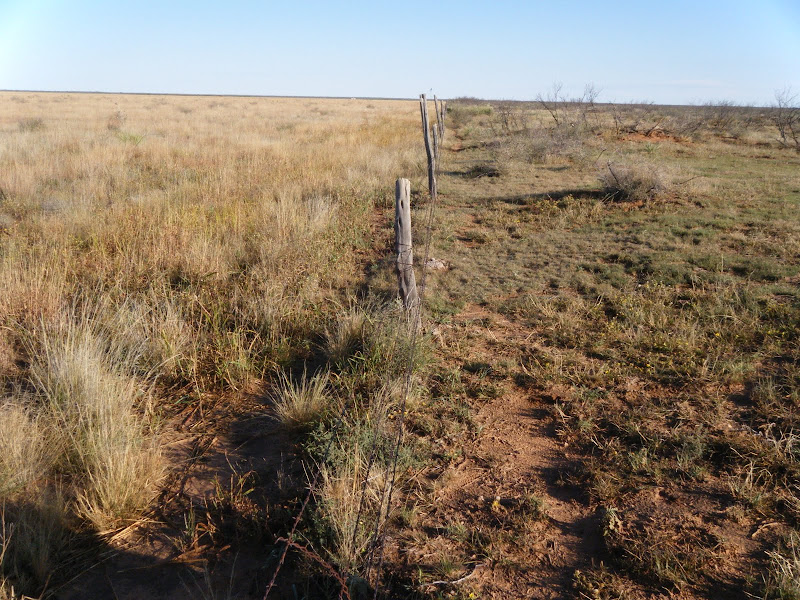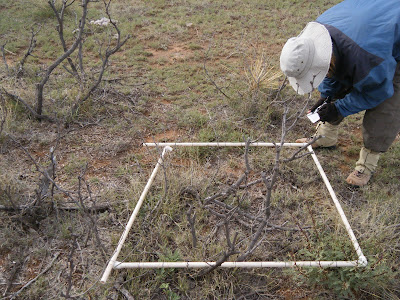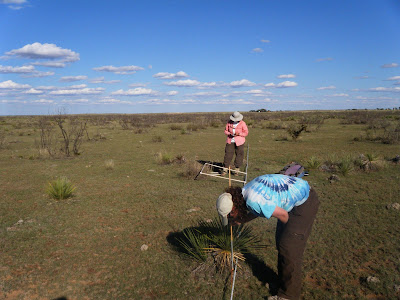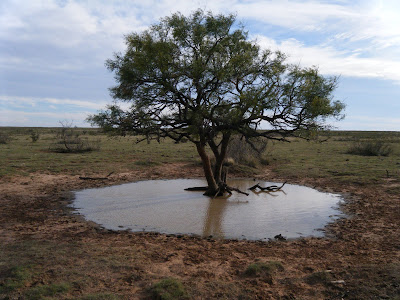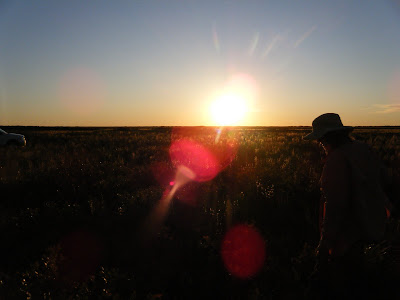italisize scientific names
snow and hills in Arizona winter:
warming sun, purple hands in the snow & shade
Madrean oak to pinon mixed conifers
how many species of oak? and species we don't even know
sample in pockets
pinus edulis
apache pine englemanii
mexican pinyon pinus cembroides
chihuaha pine? pinus leiophylla
Ponderosa
doug fir
white pine pinus strobiformis
sycamore
alligator juniper
steep steep slopes still with soil on them
in some places, thick oak duff
overlays silt and rocks over bigger rocks and boulders and bedrock
exposed in channels and on pinacles
raccoon faced white elipses
blue colored breast
darker blue on dorsum than back
same blue makes crest color protude through white head
arrow shapped fat end over eyes
(sagital crest on forefront of head )
eye circle bigger than eyes is white
raccoon faced?
insect casings exoskeletons left behind after metamorphisis
thalictrum and gallium near trickling pools
stinging nettle near Sylvester Spring
round sedges (scirpus), rorripa
exclosure around the seeping proliferation: out of the reach of
raging floods, stable ecosystems contrast with high-disturbance
\
sylvester had stinging nettle and white pine
(pinus strobiformis)
kent spring, at the apex or azimuth, a frozen stalagmite
and bog with the foot-thick grape vine
springs boxed and improved "fish and game"
white breasted nuthatch
pinus leiophylla chihuaha
geranium
arbutus arizonica (ericaceae... heather the grown up form of ) like arbutus
symphoricarpous oreophilus mountain or roundleaf rotundifolius
ericaceous shrubs in the artic tundra
rhus trilobata on west facing dry hillslopes
Hoffmansegia glandular pea vine there, to
littleleaf sumac
rhus microphylla fruits small, red-hairy, {ital}
bear grass nolina microcarpa
banana yucca, Yucca baccata
parry's and shott agave (mescal and amole)
red pink ball things
green horn beetle 2mm-4mm
horn downcurved
galls we saw today
lemons in the trees: hollow dry bug galls
perforated ball of Sycamore seeds
red tiny balls
caccoon with a hole
pinecone skeleton twigs twisted together to make backbone and ribs
intricate engineering
concave sycamore with hollows
juniper stumps convex, many-trunked
grassy hills under
aligator juniper blue "bloke" oak
ecology
grape vines common near springs
swaying 30-40 feet overhead
crawling over oaks
some are a thick as 8 inch
complex webbing
abundance and habit
-------
no cottonwood in wash
close, steep sides
bedrock confined
maiden pools? dried up
arizona rosewood vauquelinia californica
southwestern coralbean erythrina flabelliformis growing around summit, blue "bloak" oak,
a
black phoebe
ventana canyon over stream
dodonaea viscosa called uopbush
hopbush covered burn sites and common at a certain elevation
-------------
romero pools
coursetia microphylla along rough rock trail
towering saguaro
past them to the first shady clefts
oak and fern,
then onward to flowing water over bedrock
dodea cover the site of a 2003 fire now with 10 foot luxuriant growth, hop bushes swaying in the golden light
